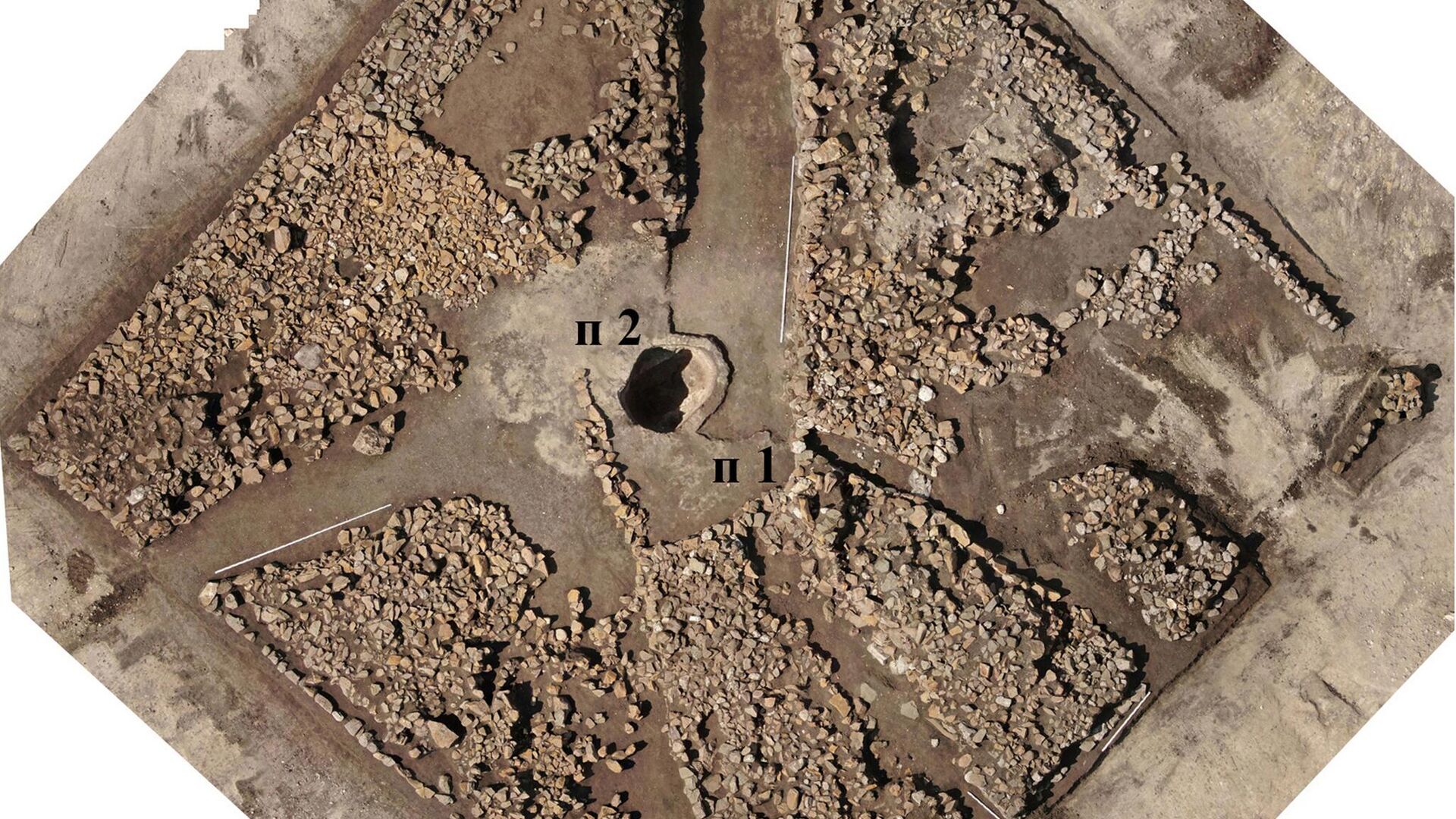
MOSCOW, March 25 Eighth-century mounds found in the vicinity of Simferopol in 2021 belonged to the Khazar aristocracy, scientists from the Institute of Archeology of Crimea RAS have established. In their opinion, this was the first archaeological evidence of the existence of the Crimean Khazaria. The results of the study were published in the collection “Antiquities of the Northern Black Sea Region, the Caucasus and Central Asia: from the discoveries of N.I. Veselovsky to modern science.”
Written sources say that in the 8th century the Khazars were supposed to be in Crimea, competing with the Byzantine Empire for the right to influence on the peninsula. However, there was no archaeological evidence of this until 2021. Khazaria has been searched for by historians and archaeologists for centuries. Lev Gumilyov was very active in this, creating a whole scientific concept of the development of civilizations.
«»Fortified settlements and at least a hundred rural settlements that arose at the turn of the 7th-8th centuries were known, but they were abandoned not by the Khazars, but by the Proto-Bulgarians. It was the Proto-Bulgarians, who were part of the Khazar Kaganate, who moved to the peninsula at that time after the victory Khazaria in the war with Great Bulgaria of Khan Kubrat. Under the influence of Byzantium, they very quickly switched to sedentary life and without visible disasters lived in Taurica until the beginning of the 10th century. They lived mainly along the banks of rivers, on the Kerch Peninsula, on Tarkhankut and in the south-eastern Crimea «, said Vadim Maiko, director of the Institute of Archeology of Crimea RAS.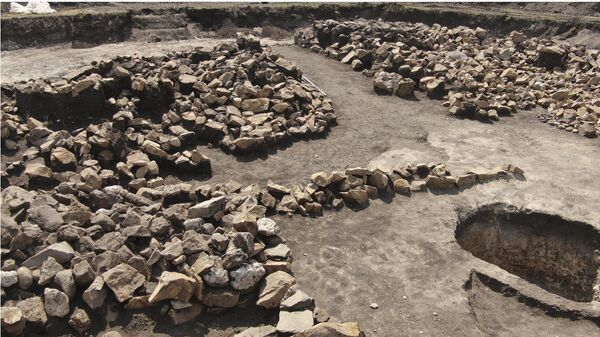
1 of 4
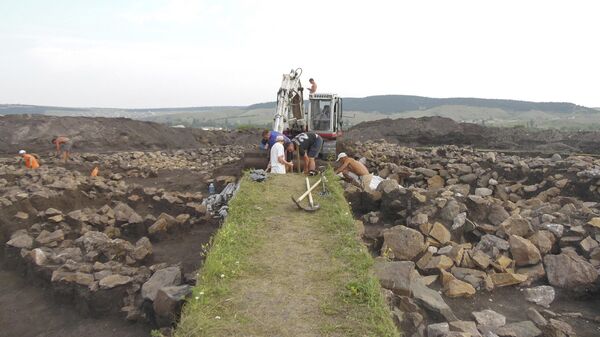
2 of 4
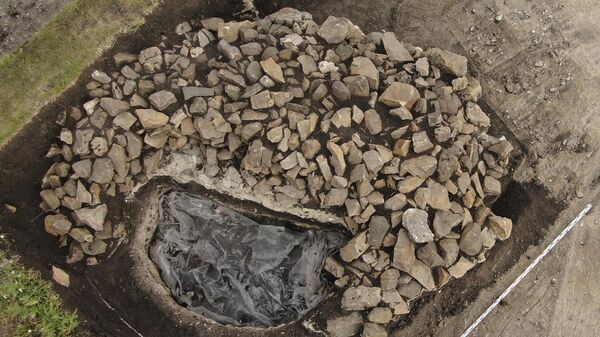
3 of 4
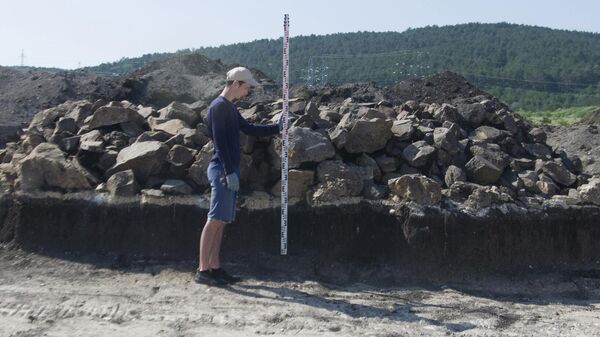
4 of 4
1 of 4
2 of 4
3 of 4
4 of 4
Excavations in 2021, carried out by employees of the institute outside the city limits of Simferopol, showed that in the middle of the 8th century, when the Proto-Bulgarians lived in villages and cities, the Khazars, including their aristocracy. Many things discovered in the burials, elements of the funeral rite find analogies in the synchronous Khazar antiquities of the Lower Don and the Volga-Don interfluve.
“Unfortunately, medieval burial mounds on the outskirts of Simferopol were repeatedly robbed starting from the 13th century. However, even the surviving fragments of weapons and horse equipment allow us to speak about the wealth of burial goods. Based on other burials excavated on the Volga and Don, one can imagine how this equipment could look,” said Maiko.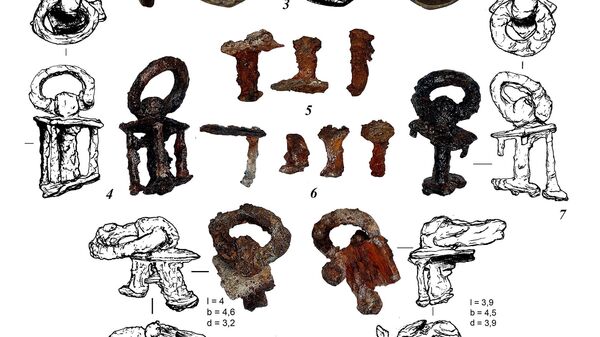
1 of 2

2 of 2
1 of 2
2 of 2
According to him, the Simferopol burials also show similarities with the Turkic burials of the Sayan-Altai region, including the presence of a stone structure under the mound above the burial.
“Before this, all the medieval burials of Crimea were discovered in mounds of an earlier time, built in the Bronze Age or Early Iron Age. And here for the first time medieval mounds with a diameter of 40 to 44 meters and a maximum height of 2.7 meters were excavated. They were poured over a rectangular «a stone structure with sides of about 30 meters, a height of about 1.3 meters with an internal corridor leading to the central burial. Similar structures in the Khazar burial mounds of the Lower Don and the Volga-Don interfluve were not previously known, they were found only in Mongolia in the burials of the Turkic kagans» , the scientist explained.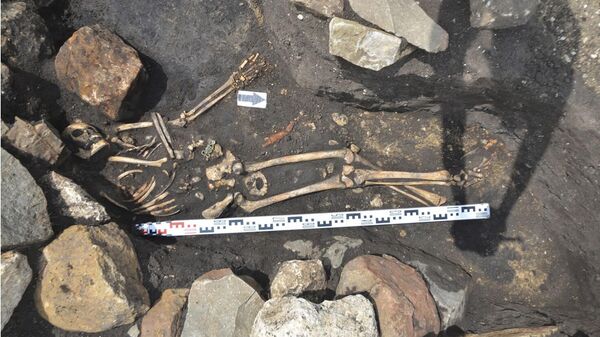
1 of 2
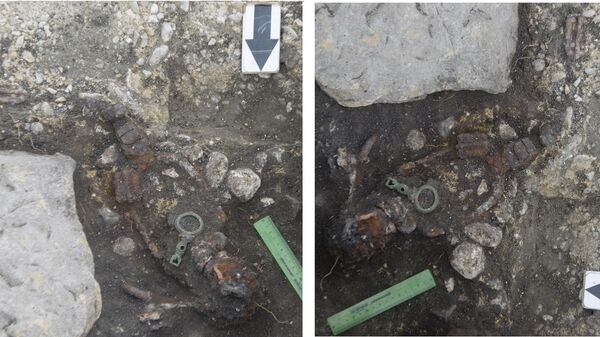
2 of 2
1 of 2
2 of 2
The internal structure was built of crushed stone, the exits of which are located nearby, near the Salgir River. The stone was held together with soil rollers, clay mortar and fill soil. No special binding solution was used. Nevertheless, the structure, according to archaeologists, turned out to be quite strong.
“The results show that in the steppes of Crimea in the middle — third quarter of the 8th century, the Khazar aristocracy roamed, being on friendly terms with the local Proto-Bulgarian population, who left monuments of the so-called Saltovo-Mayak archaeological culture of Crimea. Until the end of the 860s, they maintained friendly relations and with Byzantium,” Maiko explained.
He added that the Khazars clearly controlled the Khazar-Byzantine border and made sure that the Byzantine possessions did not spread too far from the walls of Chersonesos. This was the period of the highest prosperity of Khazaria, well known from the reports of Byzantine historians, which could not be proven archaeologically. Since the aristocracy of the highest rank roamed, accompanied by a significant number of warriors, control over this border was very important for the Khazar state, researchers believe.
“Where the Khazars came from is the most difficult question of medieval history and archeology. This is a question of the same complexity as the problem of the origin of the Tatars, Mongols, Slavs and other ethnic groups. Most likely, the Khazar ethnic group was formed throughout the 7th century in the Volga region from various Turkic «ethnic groups that roamed the Volga region, the Don region and the original Turkic regions of Sayan-Altai. The Khazars came to Crimea as representatives of an already formed state,» Maiko noted.
How and why the nomadic Khazar elite ended up in Crimea in the middle — third quarter of the 8th century, scientists have also not yet figured out. Nevertheless, Byzantine and Arab chroniclers report a strong political alliance concluded between Byzantium and Khazaria to combat the expansion of the Arab Caliphate in the second quarter of the 8th century. This union was also sealed by a dynastic marriage between the daughter of the Khazar Kagan Virkhora Chichak and the Byzantine Emperor Constantine V.
«The victories and defeats of the Khazar Kaganate in the struggle with the Arabs for the Caucasus and Transcaucasia, then strengthened and then weakened this union. For Crimea, this was expressed in the establishment of a kind of border line dividing the spheres of influence of the two states on the peninsula. This border was not stable and, of course, did not represent a border with border outposts in the modern sense. But how it was controlled remains a long story for us it was not possible to understand,” said the scientist.
Excavations of mounds near Simferopol make it possible to solve several problems that are important for the history of Tavrika, the researchers note. Now they know that the Crimean steppe was not empty in the middle of the 8th century. Here was the nomadic Khazar elite, who controlled the Khazar-Byzantine borderland during the period of the greatest influence of the Kaganate on the peninsula. Historians believe that this is how the real Crimean Khazaria was found for the first time.





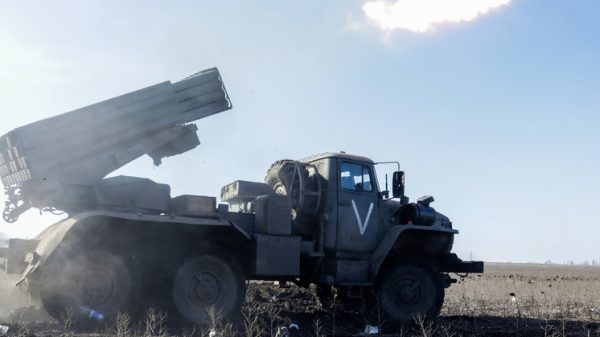















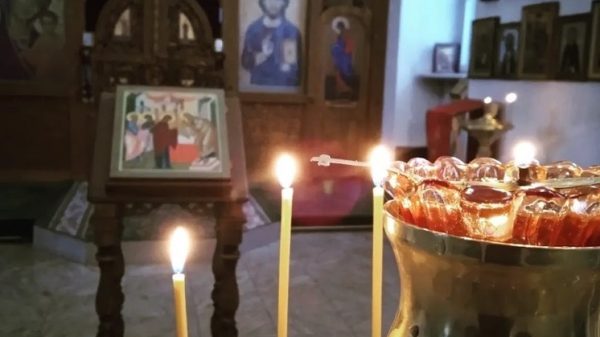




































Свежие комментарии